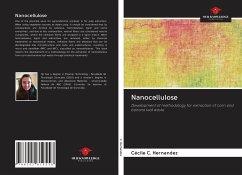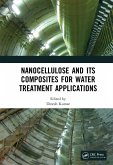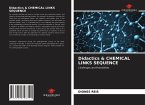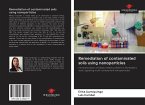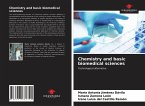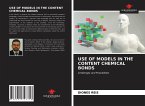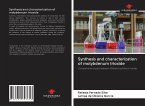One of the possible uses for agroindustrial residues is for pulp extraction. When using vegetable sources to obtain pulp, it should be considered that its compositions are formed by cellulose, hemicellulose, lignin and some extractives, and due to this composition, natural fibers are considered natural composites, where the cellulose fibrils are wrapped in a lignin matrix. When hemicellulose, lignin and extractives are removed, either by chemical treatments or mechanical means, cellulose fibers are obtained that can be disintegrated into microstructure and nano unit substructures, resulting in micro and nanofiber (MFC and NFC), classified as nanocelluloses. This book reports the development of a methodology for the extraction of nanocellulose from corn and banana leaf waste through chemical treatments.
Hinweis: Dieser Artikel kann nur an eine deutsche Lieferadresse ausgeliefert werden.
Hinweis: Dieser Artikel kann nur an eine deutsche Lieferadresse ausgeliefert werden.

